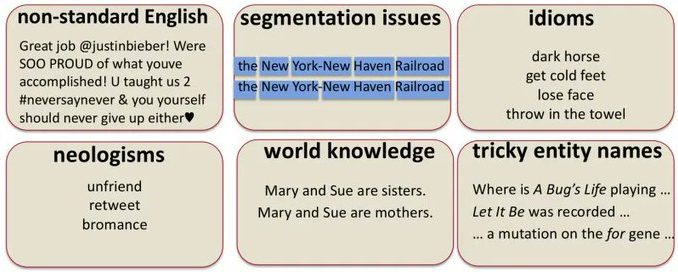
There is no shortage of tools today that can help you through the steps of natural language processing, but if you want to get a handle on the basics this is a good place to start. Read about the ABCs of NLP, all the way from A to Z.
There is no shortage of text data available today. Vast amounts of text are created each and every day, with this data ranging from fully structured to semi-structured to fully unstructured.
What can we do with this text? Well, quite a bit, actually; depending on exactly what your objectives are, there are 2 intricately related yet differentiated umbrellas of tasks which can be exploited in order to leverage the availability of all of this data.
Natural Languguage Processing vs. Text Mining
Let’s start with some definitions.
As you may be able to tell from the above, the exact boundaries of these 2 concepts are not well-defined and agreed-upon, and bleed into one another to varying degrees, depending on the practitioners and researchers with whom one would discuss such matters. I find it easiest to differentiate by degree of insight. If raw text is data, then text mining can extract information, while NLP extracts knowledge (see the Pyramid of Understanding below). Syntax versus semantics, if you will.
